The South China Sea remains one of the most contested maritime regions globally, with overlapping claims from multiple nations, including China, Vietnam, the Philippines, and Malaysia.
- China's expansive claims and militarization of artificial islands have escalated tensions over the years. By conducting routine flight operations, the USS Carl Vinson underscores the United States' commitment to the principle of freedom of navigation. This principle is pivotal to ensuring that no single nation can unilaterally control vital sea lanes, through which an estimated $4 trillion in annual trade flows.
According to information published by the US DoD on January 4, 2025, the Nimitz-class aircraft carrier USS Carl Vinson (CVN 70), flagship of Carrier Strike Group One (CSG 1), is actively conducting routine flight operations in the South China Sea as part of its deployment within the U.S. 7th Fleet area of operations.
US Navy aircraft carrier USS Carl Vinson Maintains Strategic Deployment in Disputed South China Sea.
Routine U.S. Navy operations in these waters serve as a counterbalance to China’s aggressive stance, demonstrating the U.S. Navy’s capability and willingness to operate freely in the region. This presence is a reassurance to regional allies and partners who rely on unimpeded maritime access for their economic and security interests.
The timing and location of the Carl Vinson’s operations are significant.
The timing and location of the Carl Vinson’s operations are significant.
- The South China Sea has seen an uptick in military activity, including frequent encounters between U.S. and Chinese forces.
- By deploying a carrier strike group to these waters, the U.S. sends a clear signal to Beijing that its actions in the region are being closely monitored and that attempts to intimidate smaller nations will not go unchecked.
While these operations reaffirm U.S. commitment to the region, they are not without risks. The South China Sea has been a hotspot for military near-misses and confrontations, particularly with China’s navy and maritime militia. There is always a risk of miscalculation leading to unintended escalation.
Additionally, the deployment of a carrier strike group is resource-intensive, raising questions about the sustainability of such operations over time, particularly as the U.S. faces challenges in other regions, such as Europe and the Middle East.
Additionally, the deployment of a carrier strike group is resource-intensive, raising questions about the sustainability of such operations over time, particularly as the U.S. faces challenges in other regions, such as Europe and the Middle East.
RELATED
US Army Receives Textron MK 4.8 HQ Aerosonde System for Future Tactical Uncrewed Aircraft Systems Program.
The U.S. Army's Future Tactical Uncrewed Aircraft Systems (FTUAS) Product Office has officially received the Textron Systems' MK 4.8 HQ Aerosonde system, marking a major milestone in the program’s rapid prototyping efforts. This development follows a two-year intensive process involving rigorous technical, ground, and flight testing, as well as close collaboration between the Army and Textron Systems. This achievement signifies the Army's commitment to enhancing its tactical reconnaissance and surveillance capabilities through innovative unmanned systems.

The Textron Systems' MK 4.8 HQ Aerosonde in flight, showcasing its Vertical Take-Off and Landing (VTOL) capability for tactical reconnaissance and surveillance. (Picture source: US DoD)
The delivery of the MK 4.8 HQ Aerosonde system was formalized through the Department of Defense’s DD-250 process, which serves as the official transfer of ownership from the manufacturer to the U.S. Government (USG). This marks the culmination of a comprehensive two-year development phase, which included extensive ground and flight acceptance testing. During this period, the Army and Textron Systems worked together on refining the system’s capabilities to meet the operational demands of modern combat scenarios.
The next step in the process will be New Equipment Training (NET) for the FTUAS (Future Tactical Uncrewed Aircraft Systems) team.
- This training phase, set to be completed by late January 2025, will take place at the Redstone Test Center, where instructors and operators will become qualified on the MK 4.8 HQ Aerosonde system. Once training is complete, the FTUAS team will embark on a U.S. Government-led developmental testing cycle to further assess the system’s performance. This testing will culminate in a capstone event, after which production proposals will be evaluated for potential awards in the fourth quarter of fiscal year 2025.
The MK 4.8 HQ Aerosonde system will enable BCTs to collect, analyze, and report actionable intelligence, ensuring commanders have the critical information needed to maintain battlefield dominance, particularly in Multi-Domain Operations (MDO).
One of the most transformative features of the MK 4.8 HQ Aerosonde system is its Vertical Take-Off and Landing (VTOL) capability, which allows it to operate in a variety of terrain and conditions without the need for runways or complex launch and recovery systems. This flexibility is crucial for tactical operations in contested environments, providing commanders with real-time intelligence even in remote or difficult-to-access areas. The system also offers on-the-move command and control, allowing operators to maintain communication with the aircraft while on the move, enhancing operational flexibility. Moreover, the system’s Soldier-led, field-level maintenance design ensures that it can be quickly repaired and returned to service by operators in the field, minimizing downtime and increasing operational efficiency.
One of the most transformative features of the MK 4.8 HQ Aerosonde system is its Vertical Take-Off and Landing (VTOL) capability, which allows it to operate in a variety of terrain and conditions without the need for runways or complex launch and recovery systems. This flexibility is crucial for tactical operations in contested environments, providing commanders with real-time intelligence even in remote or difficult-to-access areas. The system also offers on-the-move command and control, allowing operators to maintain communication with the aircraft while on the move, enhancing operational flexibility. Moreover, the system’s Soldier-led, field-level maintenance design ensures that it can be quickly repaired and returned to service by operators in the field, minimizing downtime and increasing operational efficiency.
The MK 4.8 HQ Aerosonde system is built on a Modular Open Systems Approach (MOSA), a design philosophy that allows for rapid and cost-effective capability insertions. This approach ensures that the system can quickly adapt to emerging technologies and operational requirements, helping the Army maintain its technological edge over peer adversaries. As the system evolves, it will continue to integrate the latest advancements in unmanned systems and related technologies, keeping pace with the changing landscape of modern warfare.
The Textron Systems' MK 4.8 HQ Aerosonde is a versatile and highly capable uncrewed aircraft system designed for tactical reconnaissance and surveillance in modern combat environments. The system features a Vertical Take-Off and Landing (VTOL) capability, which allows it to operate in confined spaces without requiring runways or complex ground infrastructure. This flexibility is particularly advantageous for Brigade Combat Teams (BCTs) conducting operations in challenging terrain or in remote areas. The MK 4.8 HQ Aerosonde has a robust airframe built for durability in harsh operational conditions, with a payload capacity that supports a range of surveillance and sensor equipment. It is capable of carrying electro-optical and infrared (EO/IR) cameras, radar systems, and signals intelligence (SIGINT) payloads, providing real-time intelligence and reconnaissance data to operators in both day and night conditions.
Another key feature of the MK 4.8 HQ Aerosonde is its Modular Open Systems Approach (MOSA), which ensures that the system can integrate new technologies and payloads as they become available, facilitating rapid capability upgrades and making the system adaptable to evolving mission requirements.
- The system's on-the-move command and control capability ensures that operators can manage the UAV in real-time while maintaining operational flexibility in dynamic battlefield conditions. Its Soldier-led, field-level maintenance capability reduces downtime and enhances the operational sustainability of the system, allowing it to stay in the field longer without requiring extensive depot-level support. With a design focused on ease of use and reliability, the MK 4.8 HQ Aerosonde is poised to significantly enhance the Army’s ISR capabilities in Multi-Domain Operations, offering a highly efficient and adaptable tool for tactical intelligence gathering.
- The Program Executive Office (PEO) for Aviation, located at Redstone Arsenal, Alabama, plays a critical role in modernizing the Army Aviation fleet, including both crewed and uncrewed aircraft. Within PEO Aviation, the Uncrewed Aircraft Systems Project Office is focused on rapidly fielding innovative UAS capabilities to Army formations. This office is dedicated to ensuring that the Army maintains an asymmetric advantage over adversaries, particularly in large-scale combat operations, where unmanned systems are becoming increasingly essential for gathering intelligence, surveillance, and reconnaissance (ISR) data.
The FTUAS program is a key part of this effort, as it seeks to provide BCTs with the tools they need to operate effectively in complex and dynamic combat environments. By fielding advanced, highly capable unmanned aircraft systems like the MK 4.8 HQ Aerosonde, the U.S. Army aims to enhance its ability to gather real-time intelligence, providing commanders with a decisive edge in Multi-Domain Operations.
As the FTUAS program progresses, the U.S. Army will continue to evaluate new technologies and capabilities to integrate into its uncrewed aircraft systems. The success of the MK 4.8 HQ Aerosonde system is a clear indicator of the Army’s commitment to innovation, and the results of ongoing testing and development efforts will shape the future of unmanned systems within the U.S. military. By 2025, as the program moves toward production and operational fielding, the Army will have strengthened its capabilities in tactical ISR, providing Brigade Combat Teams with a robust, adaptive, and highly effective platform for reconnaissance and surveillance operations on the modern battlefield.
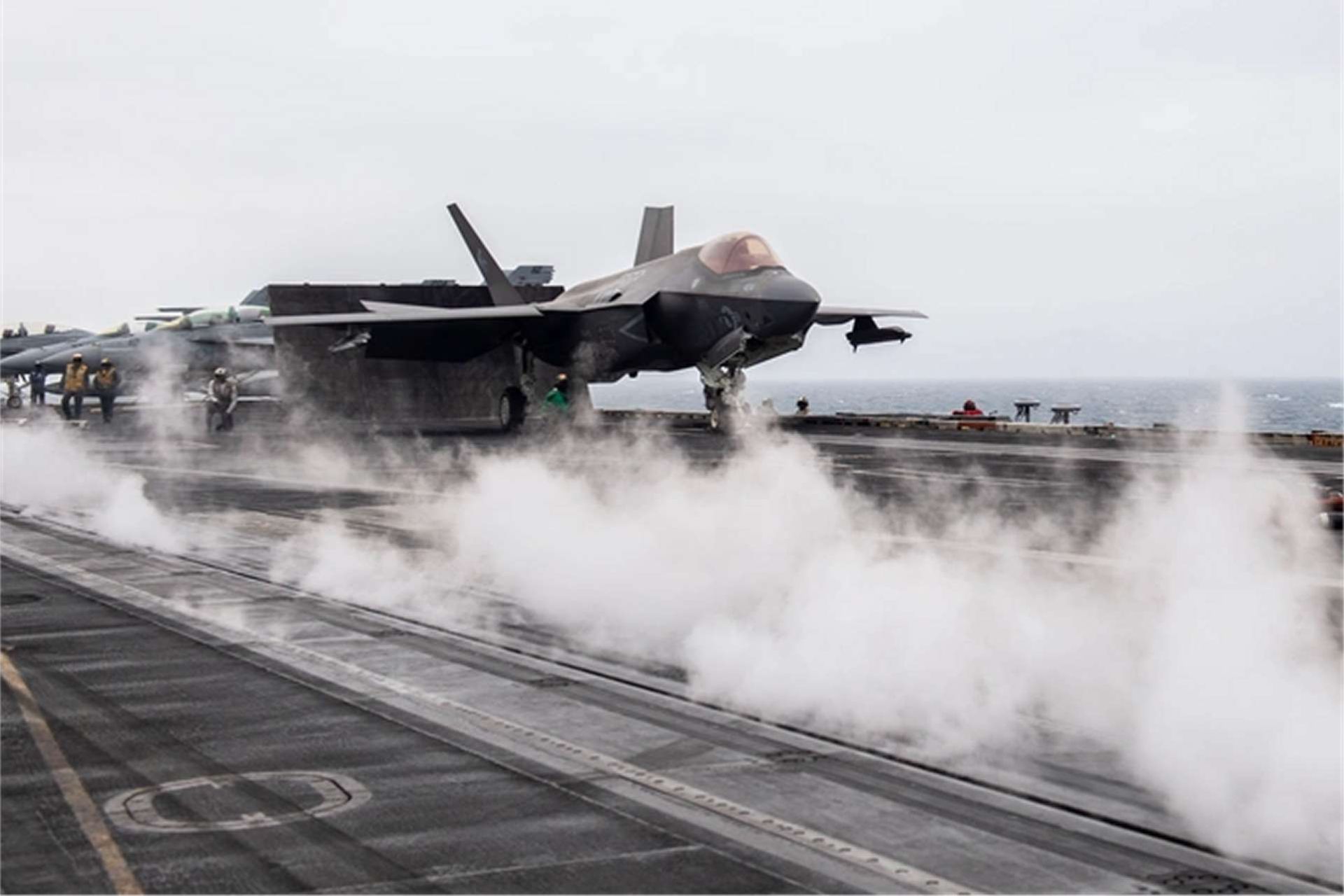
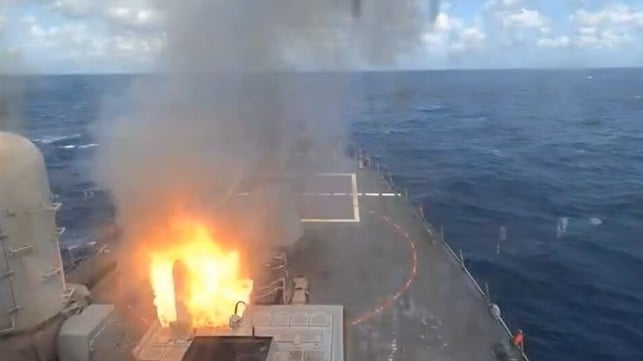

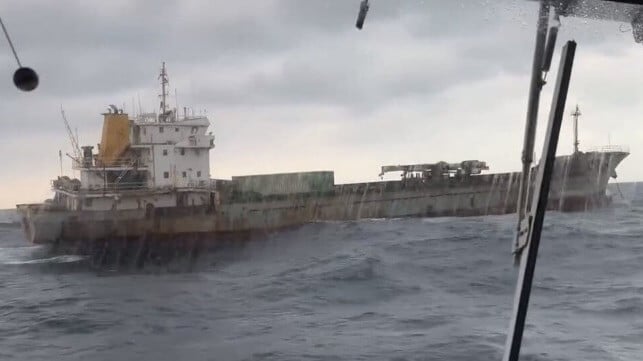
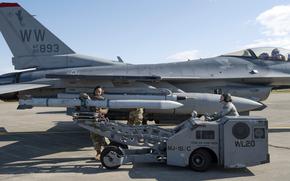
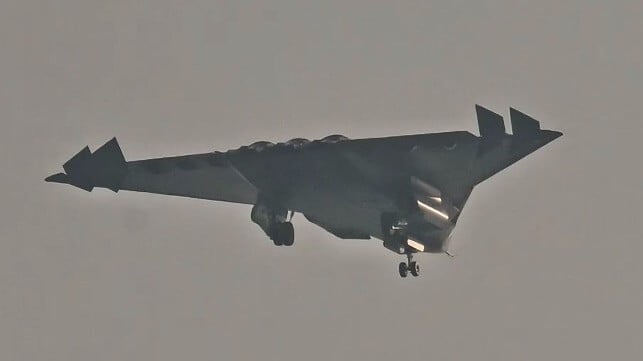


No comments:
Post a Comment